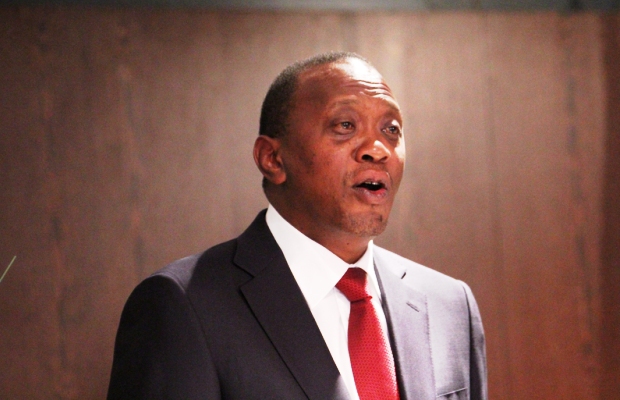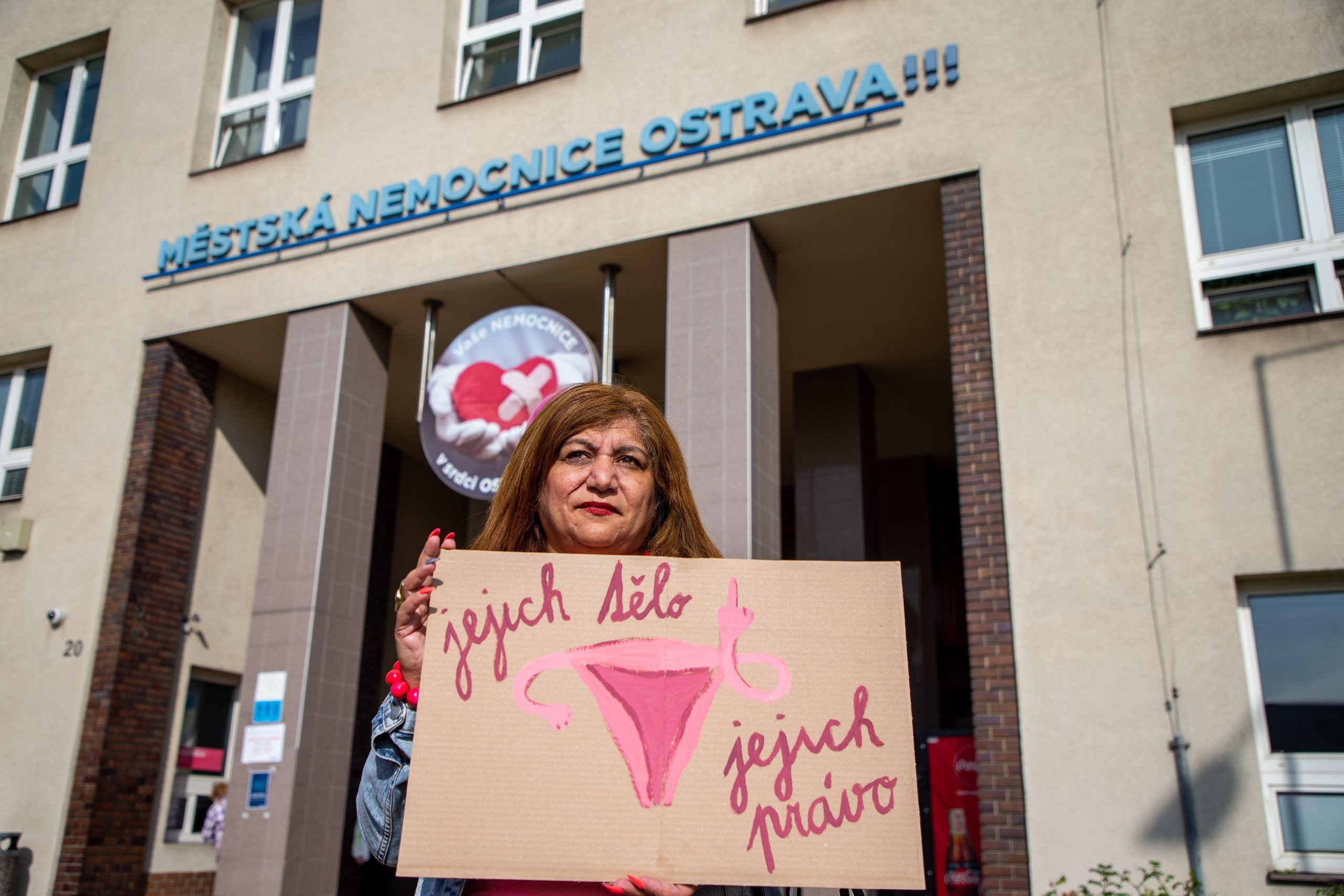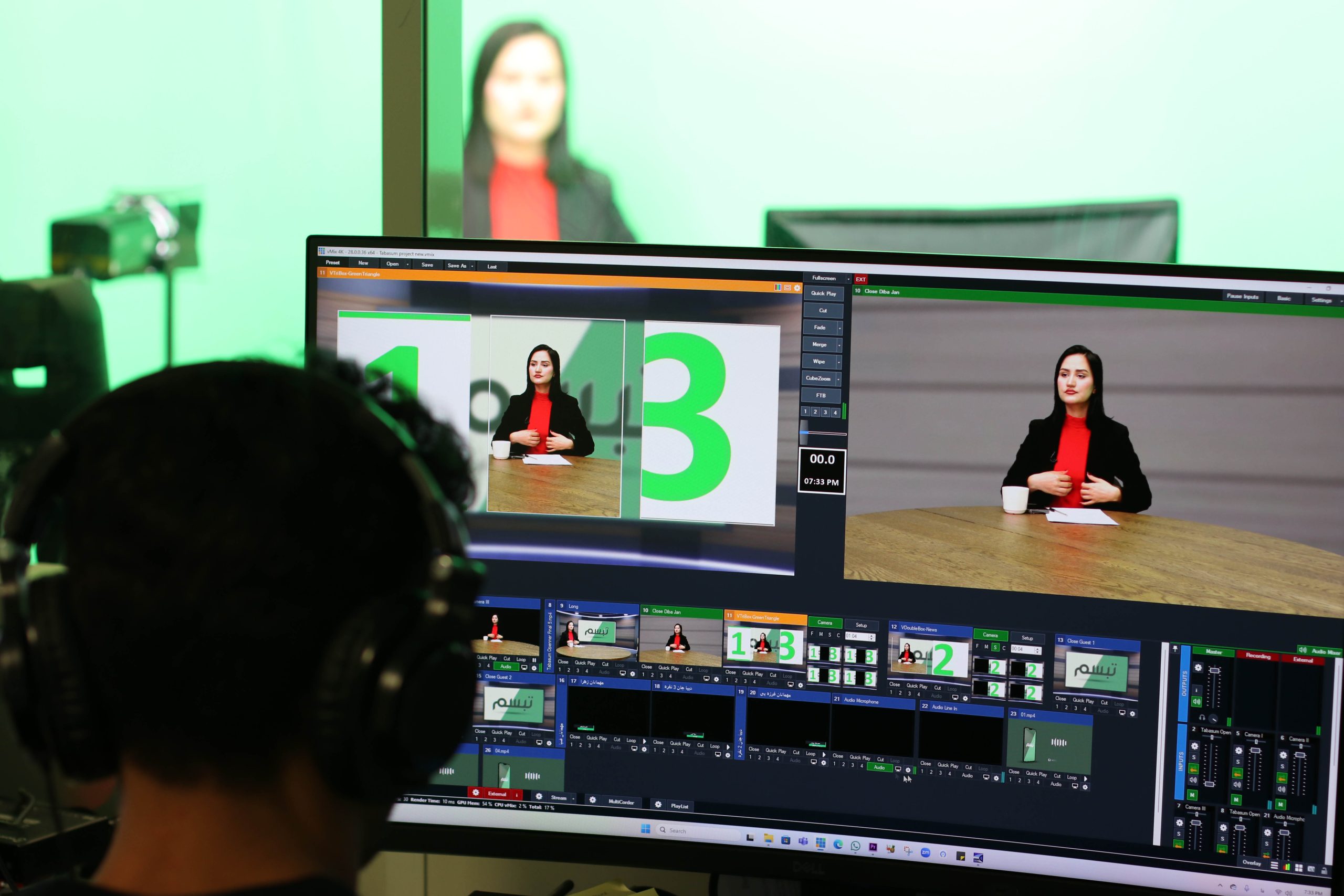
Kenyan president Uhuru Kenyatta (Image Demotix/David Mbiyu)
In 2010 the International Criminal Court (ICC) issued summons for Uhuru Kenyatta and William Ruto, among others, for their alleged role in the violence that erupted following the 2007 Kenyan General Elections. The charges include crime against humanity. Nevertheless, in the elections of 2013, Kenyatta was sworn in as president — Ruto his deputy president — after securing 50.51 percent of the vote in a highly contested but generally peaceful election.
This now means that any movement to evaluate the defendants’ criminal culpability implicates the broader state itself. With Kenyatta and Ruto heading the executive branch of government, the implications of the ICC cases cannot be overstated. But while testing the state’s eagerness to confront the legacy of 2007 these cases offer up a further test; the ability of Kenya’s media institutions, journalists and citizens to freely interrogate the proceedings. Will Kenyatta, Ruto and, by extension, the state let such scrutiny happen in public?
Kenyan legislation in this regard is coloured by tragedy. Following the attacks on Westgate Mall in Nairobi in September 2013, the state moved fast to shore up perceived gaps in legislation that could have enabled the attacks to happen. One of these “gaps” referred to the media, ushering in two pieces of legislation: the Kenya Information and Communications (Amendment) Bill (KICA) and the Media Council Bill. The former, an amendment to the 1998 law, creates a Communication and Multimedia Appeals Tribunal under the jurisdiction of the state-controlled Communications Authority. According to free speech group Article 19, the tribunal has the power “to impose hefty fines on media houses and journalists, recommend de-registration of journalists and make any order on freedom of expression”.
While raising concerns for media bodies looking to cover the ICC cases of Kenyatta and Ruto among others, the Commission for the Implementation of the Constitution (CIC), have pointed out a number of more systemic issues. The 2010 constitution drafted to address the political and ethnic divisions that led to the violence of 2007 established robust protections for freedom of expression. KICA potentially undermines these protections, as CIC explained in a statement:
“Clause 7 of the Bill creates a Communications Authority of Kenya…with some of its board members appointed through a process that solely involves the National Executive and the National Assembly…These clauses violate the provisions of Article 34(3) of the Constitution by leaving the Body responsible for licensing broadcasters under the control of two arms of government, the Executive and the National Assembly.”
Any information deemed too sensitive to be in the public domain during the individual cases draws out KICA as a potential tool for the state to restrict the media’s ability to analyse the cases in an unobstructed manner.
The punitive measures outlined in KICA are not to be sniffed at. According to Charles Onyango Obbo of the Daily Nation: “The Sh20 million penalty against a media house that violated several provisions of the new Bill or the Code of Conduct for the Practice of Journalism, is again among the highest a tribunal can hand out in Africa.” A further provision states that media houses will face punitive measures if 45 percent of their coverage is not deemed “local”. The is a potential hindrance for media bodies looking to analyse the ICC cases – how local is The Hague?
Clause (37) of KICA goes on to state that the tribunal may “accept an anonymous complaint concerning an issue of public interest”. This inability for media bodies to identify its accusers opens the process up to manipulation. Can the tribunal determine that protecting Kenyatta and Ruto is in the public interest? When members of the tribunal are selected at the discretion of the National Executive, it is a possibility.
In the context of the ICC cases, this has created a perfect storm in terms of media freedom. Media houses face disproportionate measures, while their governance is outlined by a body at the discretion of both the executive and legislative branches of government – the former facing interrogation from both the ICC and the media.
It’s too early to tell what will happen and what powers will be invoked, but there have already been warning signs. A case was thrown out after it was alleged that a key witness had received a bribe from the defendant and questions remain regarding similar allegations in the case against William Ruto. Does this represent a collective desire to withhold information? The acts of alleged bribery are by no means definitive, but to skew proceedings, it would be the place to start.
And the next step? Media bodies must surely be holding their collective breath because, while they have not used them yet, KICA offers just the tools the state may need.
This article was posted on 14 February 2014 at indexoncensorship.org





